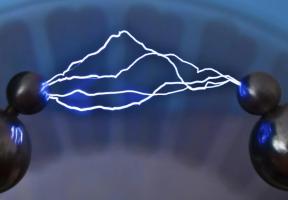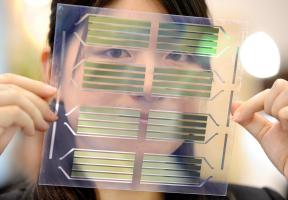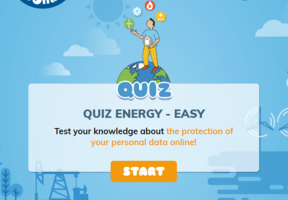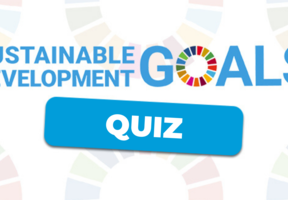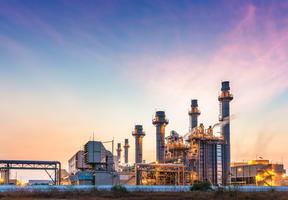What Is Energy?
15 min read

© THINKSTOCK - In the beginning, there was energy...
Energy drives all natural phenomena, from plant growth and wind to river currents and waves to falling objects. It takes many forms — thermal, kinetic, electrical and others — and one of its key properties is that it can be converted from one form to another.
Explore
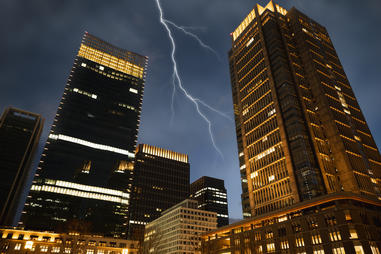
Energy’s Main Properties
The energy contained in matter is invisible, but light, movement, wind, and waves are some of the ways it manifests itself. Whether in its natural form or harnessed by humans, energy can be transmitted from one object to another, often through conversion. However, it cannot be created or destroyed: the universe contains a constant, finite amount of energy.

Energy: Efficiency, Power and Measurement
Energy transmission and transformation are governed by fundamental rules that impact our daily activities and the energy efficiency of the world in myriad ways.
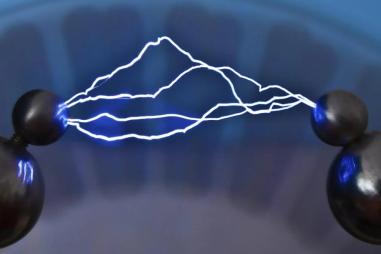
Energy in All Its Forms
Stored in objects, molecules and atoms, energy takes many different forms. Whether mechanical, kinetic, thermal, chemical, radiant or nuclear, it can be converted from one form into another.

